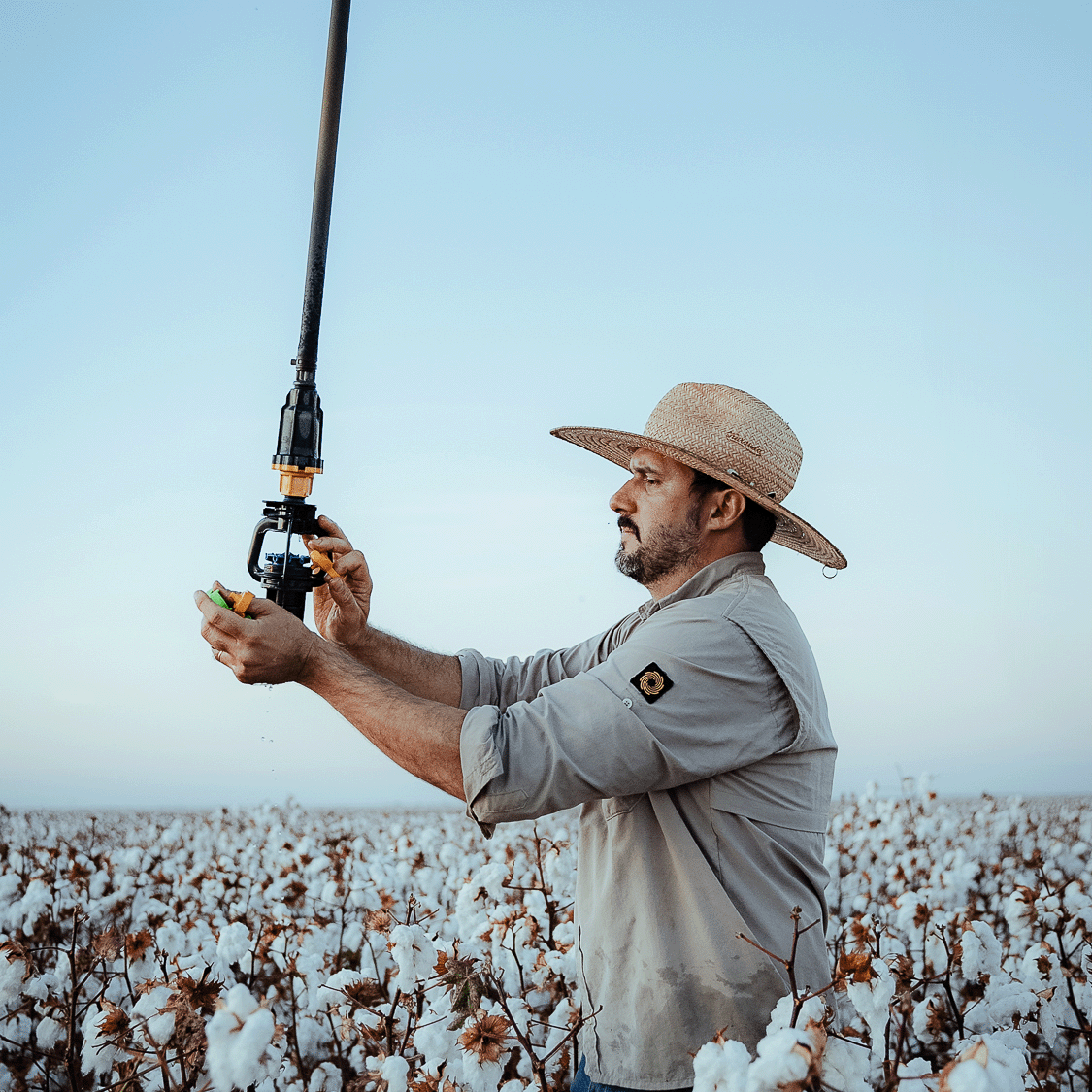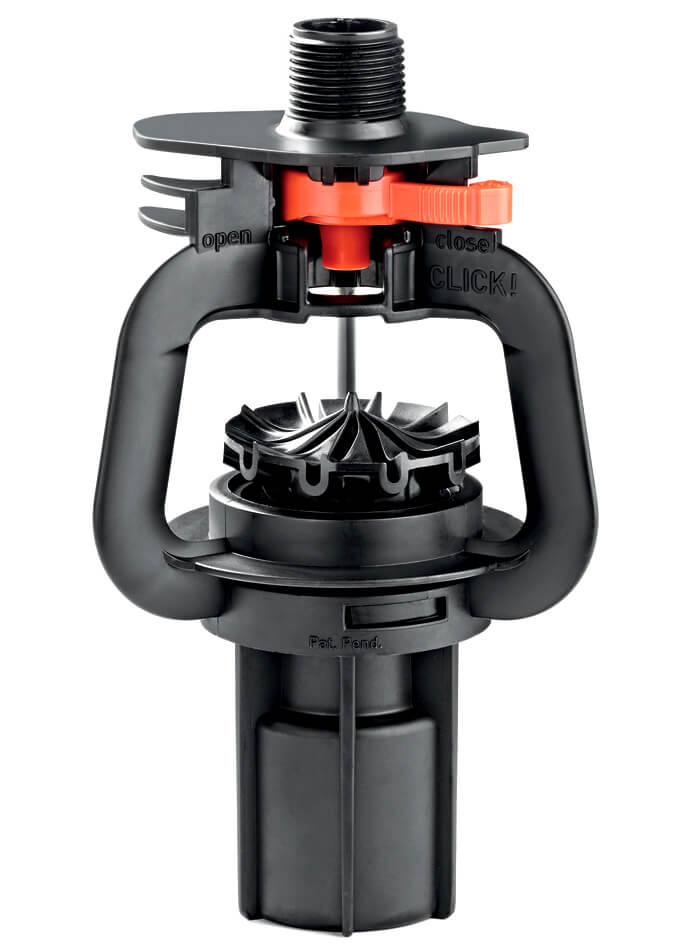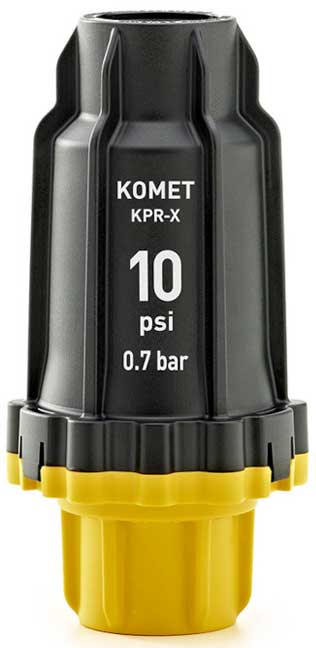“There are trees growing wild that produce better, finer wool than sheep!”, the Greek historian Herodotus wrote after returning from India in 445 BC. By that time, turning the fluffy fibers of the cotton plant into textiles was already an ancient art in some parts of the world: archeologists have found fragments of cotton fabric dating back 8000 years in Pakistan, and more than 7000 years in Mexico.
Today, cotton represents the most widespread non-food crop in the world, providing a livelihood for up to one billion people (including 100 million smallholder farmers) in a surprising variety of climates – from parts of the USA, Latin America, Southeast Asia, Africa and Australia all the way to European countries such as Greece, Bulgaria and Spain. China remains the number one producer of cotton in terms of quantity (around 28,500,000 tonnes per year), followed by India, the US and Brazil as the global market’s key players.

Cultivation. The ideal environment for growing cotton is a warm, sunny climate with temperatures between 0 and 100°F (21 and 37°C). The soil requirements differ between varieties, depending on their root systems and leaf areas. American upland varieties, for example, have deep roots and broad leaves, and therefore grow best in deep, medium-to-heavy soils with good water-retention – whereas variants with shorter roots and smaller leaves can handle shallower soils with a lower moisture content.
In the US, cotton is grown in 17 states, including Alabama, Oklahoma, Kansas, New Mexico and Virginia. Due to the differences in soil types and temperatures, the cultivation practices vary widely – with planting season starting as early as February in South Texas, and as late as June in northern areas of the Cotton Belt. The seeds are planted in furrowed rows, usually at a depth of 0.5 to 1.5 inches, depending on the variety.

Irrigation. In some regions, cotton is grown as a rain-fed crop. For reliable results and high yields, however, growers must ensure that their crop receives plenty of evenly distributed water, with annual volumes ranging from 20–30 inches (500–760 mm) in humid and temperate climates, to as much as 40 to 50 inches (1000 to 1500 mm) in desert regions. The watering requirements of cotton plants grow steadily from the early stages (when moisture is lost mostly through evaporation) to the later stages, when active plant transpiration occurs. Cotton plants need the most water in the middle of the growing season, when their canopy is fully expanded and the bolls reach their peak.
Efficient Water Application. As with all crops, a great way to optimize valuable water resources is to determine the evapotranspiration rate – i.e. the real-time watering requirements based on evaporation from the soil, transpiration by the plant, as well as humidity, solar radiation, wind, crop health & growth stage. This can be done via several methods, and enables a properly scheduled precision irrigation.
You also have to find the best way to meet these watering requirements. In part, this depends on your region. In the South and Southeast of the USA, cotton is still mostly produced under non-irrigated conditions, while in the arid West of the US, nearly all of the watering is done by mechanized irrigation. Given the devastating effect of drought and declining aquifers, adopting state-of-the-art irrigation devices to supplement rainfall in the humid areas and improve water efficiency in the drier regions, is becoming increasingly essential to stay competitive.
With this in mind, cotton farmers tend to rely on pivot irrigation or furrow irrigation to ensure a reliable and cost-effective production. Komet’s product portfolio covers both of these methods – namely with the Komet Wide Bubbler for LEPA irrigation, and the Komet Precision Twister (KPT) sprinkler for drop-hose and top-of-pipe installation.
With its patented hydro-mechanical brake system, low-pressure capabilities and and proven wind resistance, the KPT / KPT Peak is a trusted tool suited to all stages of the growth cycle – from the most delicate cotton seedlings, to the flowering bud, all the way to the ready-to-harvest plant.

Growth cycle. A few days after planting, the taproot (which can grow around 1.5 meters deep into the soil) emerges, followed by the seedling. A few weeks later, flower buds appear on the plant, whose petals go on to change from creamy-white to yellow, then pink and finally dark red. Each flower only opens for 24 hours to allow for pollination. After that, the petals drop off, leaving behind the seed pod (boll) filled with moist fibers. The boll grows and the fibers continue to expand under the warm sun until they finally burst out of the boll – giving us the fluffy, white cellulose tufts that are such a familiar sight.
Same but different. There are over fifty naturally occurring varieties of the cotton plant, which differ in terms of height, appearance, and resilience. If you’re lucky, you might own a textile made from the Gossypium Barbadense variant, whose long, silky fibers are spun into high-end Egyptian cotton; then there is the more shrub-like Gossypium Herbaceum originally found in Africa and the Middle East, and the versatile Gossypium Hirsutum, which is believed to be native to North, Central and South America. Thanks to its hardy disposition, this is the most widely cultivated variety today, accounting for 90% of worldwide cotton production.
Nothing’s wasted. While cotton is mainly grown for the textile industry, you’ll also find its fibers in coffee filters, biodegradable plastics and even banknotes. What fewer people know is that it also has edible byproducts: cottonseed oil, for example, is used as a cooking oil and in snack foods like crackers and chips, while the seed-meal and hulls are turned into livestock feed and fertilizer.
As for the fabric itself: in contrast to its synthetic alternatives, which are a big culprit of the harmful micro-plastics seeping into our waterways, cotton is a natural fiber and therefore 100% biodegradable.
To find out more about our pivot products or any of the topics mentioned above, don’t hesitate to get in touch.
You might also enjoy our Komet Academy online irrigation training – find out about our upcoming live-streamed session here.


